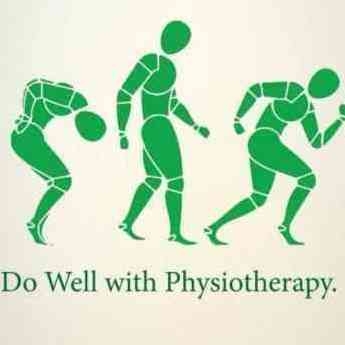+918042754929

This is your website preview.
Currently it only shows your basic business info. Start adding relevant business details such as description, images and products or services to gain your customers attention by using Boost 360 android app / iOS App / web portal.
>Difference between UMNL and LMNL : (Part 1)...
>Difference between UMNL and LMNL : (Part 1) Upper motor neuron (UMN) Includes neurons in the brain and spinal cord (central nervous system, CNS) that control movement of muscles. UMN synapse onto lower motor neurons at the ventral horn of the spinal cord at the level which the neuron leaves the cord. Upper motor neurons travel through the pyramidal tracts (i.e., corticospinal tracts). UMN lesions can cause positive or negative signs: -Positive signs include muscle overactivity and spasticity, generally due to reduced descending inhibitory signals from the brain. -Negative signs include weakness or loss of dexterity, generally due to reduced descending excitatory signals from the brain. --->Note that lesions in the extrapyramidal tracts do not cause these UMN signs. The extrapyramidal tracts link the cerebellum and basal ganglia with LMN. They function to modulate and refine movement rather than directly cause movement, unlike the upper motor neurons in the pyramidal tracts. -Spasticity is defined as a velocity-dependent increase in the tonic stretch reflex. It is characteristic of an UMN lesion where there is disturbance of the supraspinal excitatory and inhibitory neurons, leading to a net disinhibition of the spinal reflexes. --Tonic stretch reflex: Normally, passively stretching a muscle group (e.g., stretching the biceps by passively extending the elbow) causes contraction of the same muscle group to prevent overstretching and injury. This tonic stretch reflex is a spinal reflex (i.e., it does not require input from the brain). This reflex is normally minimal or not present. --Spasticity: Injury to descending UMNs that usually provide inhibitory signals to the spinal reflexes causes net disinhibition, which increases muscle tone (contraction) as the muscle is passively stretched. The faster the velocity of stretching, the stronger the reflex. --->Lower motor neuron (LMN) Includes neurons from ventral horn of the spinal cord grey matter that exit the spinal cord and attach to skeletal muscles. The motor nuclei of cranial nerves in the brainstem are also lower motor neurons because they directly attach to muscles in the head and neck. -LMNs relay signals from the UMNs to skeletal muscles to initiate excitation-contraction coupling, allowing individual units of a muscle to contract in a synchronized manner. -Their function is to provide muscle tone to skeletal muscles. In LMN lesions, there is no neural input to muscles, which leads to flaccid paralysis due to lack of resting muscle tone and subsequent atrophy from disuse. The lack of excitation-contraction coupling causes fasciculations in the muscles, where individual sacromeres (contractile units in muscles) fire and contract at random. Best and advance paralysis treatment clinic in nallasopara vasai Virar

